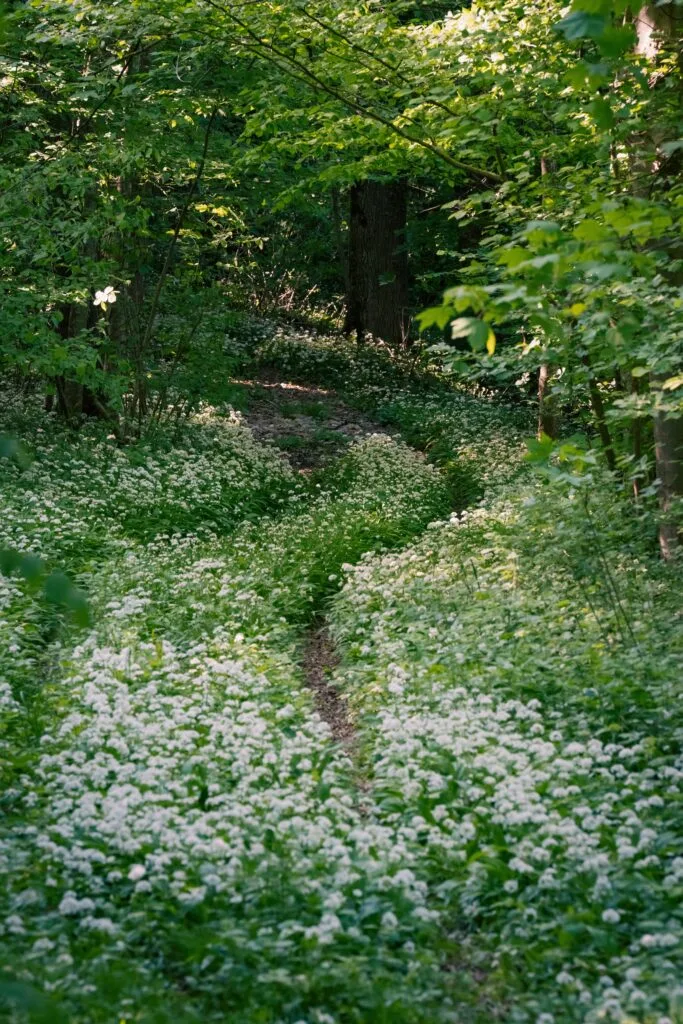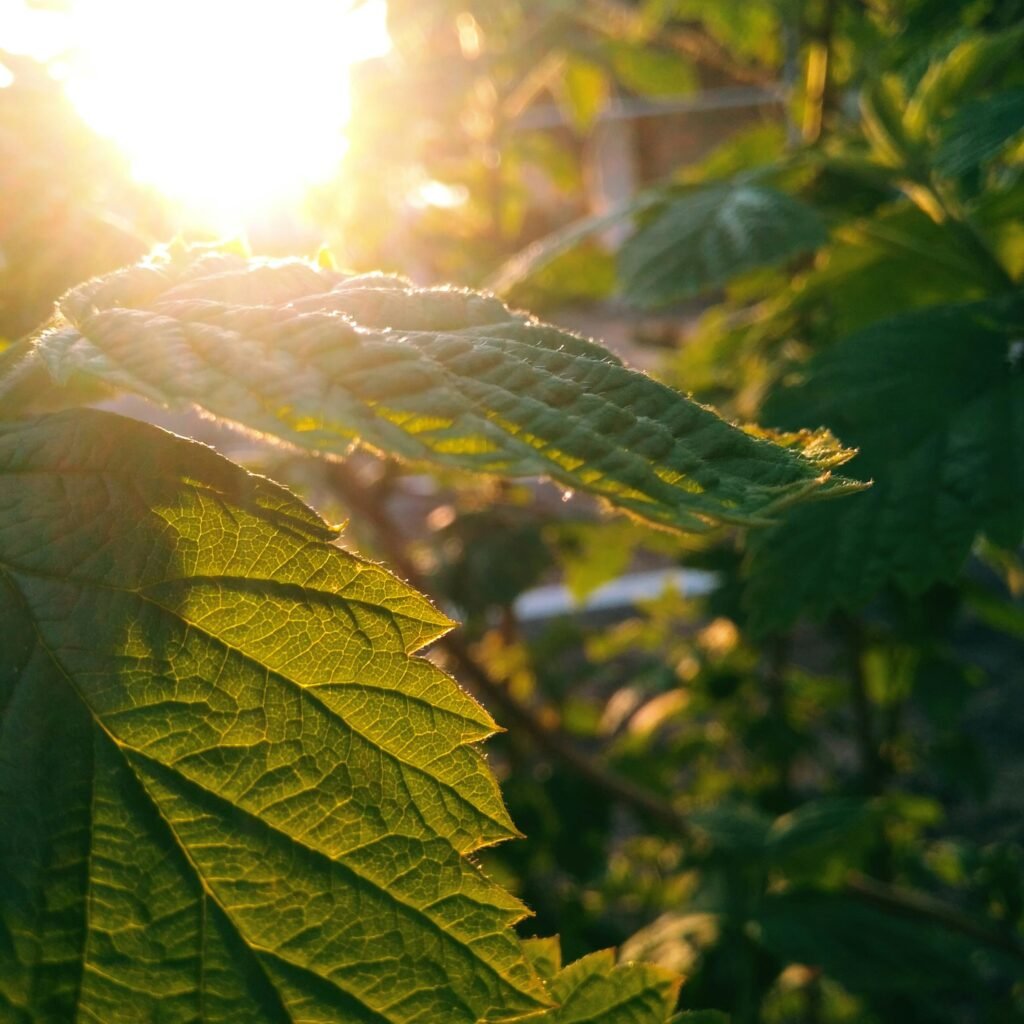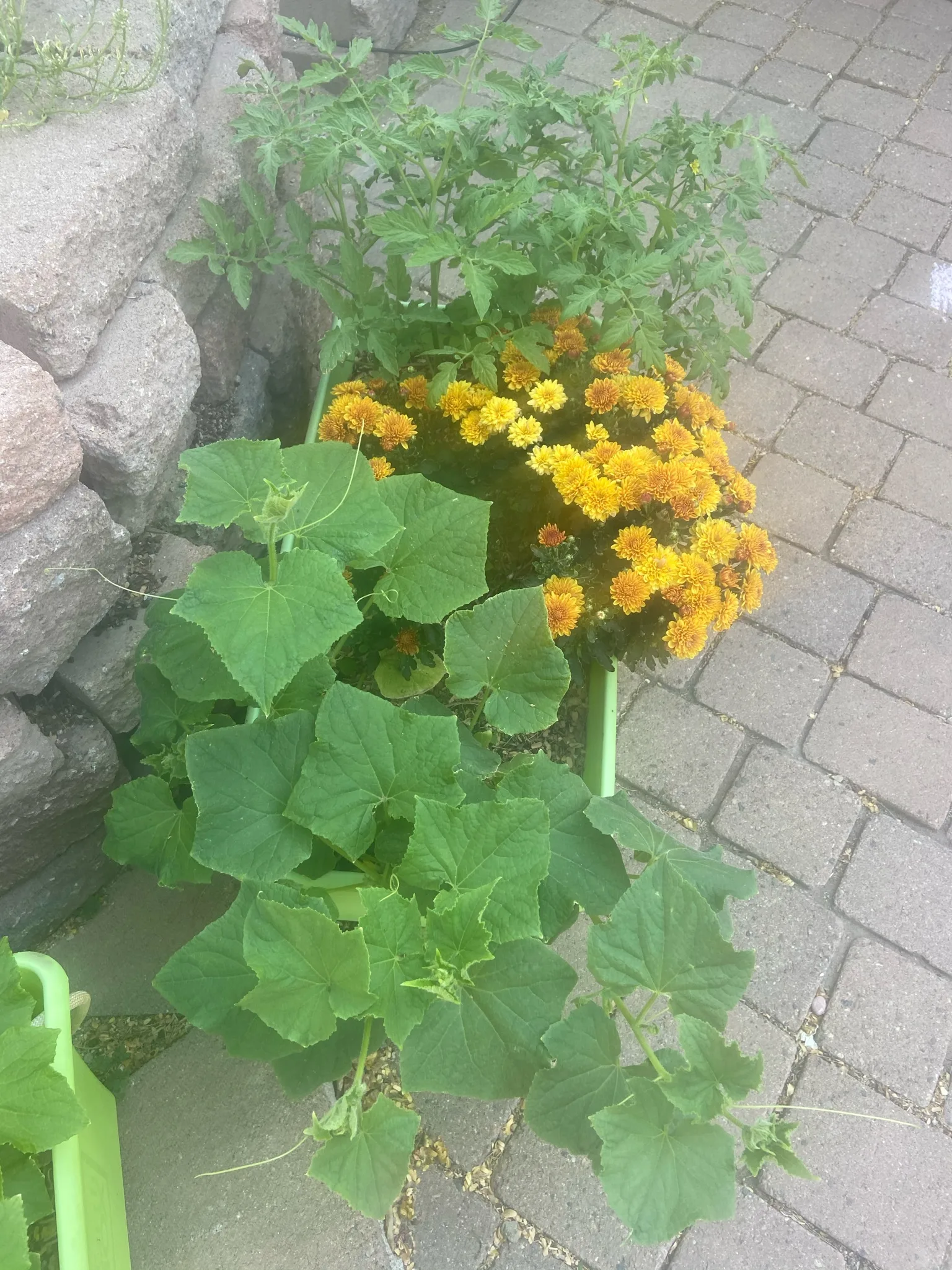Recent Posts

Regenerative Gardening in Tiny Spaces: Balconies, Windowsills & Courtyards Guide
•
Gardening in small spaces like balconies, windowsills, and courtyards can absolutely become productive green areas with the right approach. Even in the tiniest spot, regenerative gardening lets anyone restore ecosystem health, support biodiversity, and grow fresh food at home. These practical methods work for both beginners and folks who’ve been…

Have You Ever Heard of EarthBoxes?
•
What Are EarthBoxes? How Do They Work and How to Use Them EarthBoxes are a clever, surprisingly straightforward solution for anyone wanting to grow veggies, herbs, or flowers—without the drama of building a raised bed or digging up the yard. An EarthBox is a self-watering container system (a sub-irrigated planter)…

How Much Can You Grow in 100 Square Foot Garden?
•
A Detailed Guide to Growing a 100 Square Foot Garden. At first glance, a 100-square-foot garden might seem tiny, but with a bit of planning, it can crank out a surprising amount of fresh vegetables. On average, you can expect this space to supplement the diet of one person, and…









